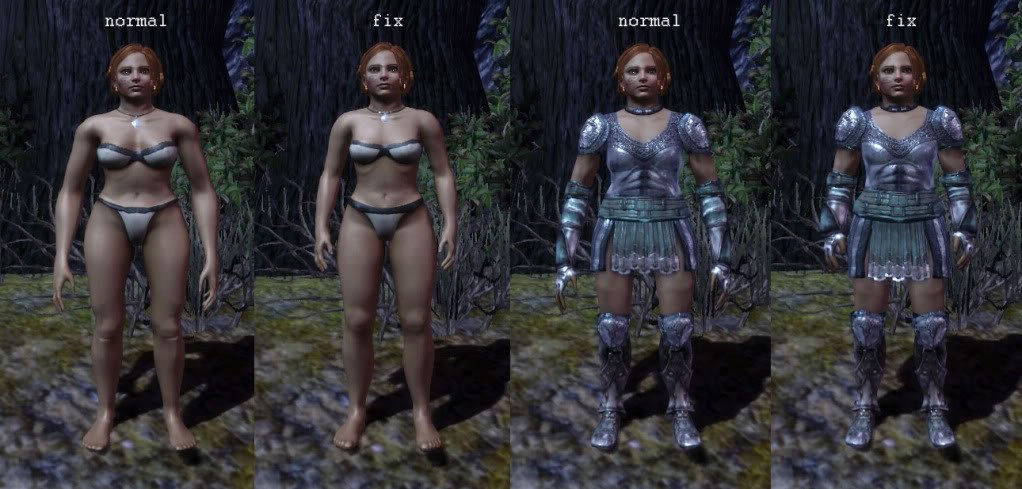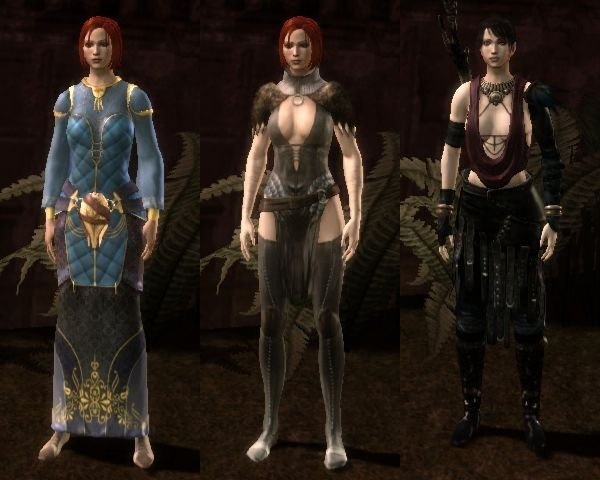
Plant height is a key trait related to lodging resistance, harvest index and fertilizer response. This may provide a valuable genetic resource for breeding for lodging resistance and compact plant stature in B. IAA7.C05 responsible for the dwarf mutant generated from tissue culture. Our studies characterize a new allele of Bna.

GO and KEGG analysis of RNA-seq data revealed the down-regulation of auxin related genes, including many other IAA and small up regulated response ( SAUR) genes, in the dwarf mutant. This is consistent with the phenotype of a gain-of-function indole-3-acetic acid ( iaa) mutant in Bna. IAA7.C05 may contribute to the dwarf phenotype. Candidate gene analysis revealed that one SNP causing an amino acid change in the domain II of Bna. The dwarf mutation was mapped to a 0.6 Mb interval of B. Bulks were formed from plants with either dwarf or conventional plant height and subjected to high throughput sequencing analysis via mutation mapping (MutMap). To explore the genetic variation responsible for the dwarf phenotype, the mutant was crossed to a conventional line to develop a segregating F 2 population. Here we describe a dominant, dwarf mutant G7 of Brassica napus with down-curved leaves derived from tissue culture.

Although progress has been made in the use of dwarfing genes in crop improvement, identification of new dwarf germplasm is still of significant interest for breeding varieties with increased yield. Plant height is one of the most important agronomic traits in many crops due to its influence on lodging resistance and yield performance.


 0 kommentar(er)
0 kommentar(er)
